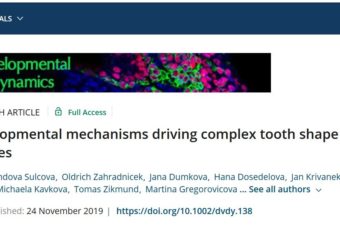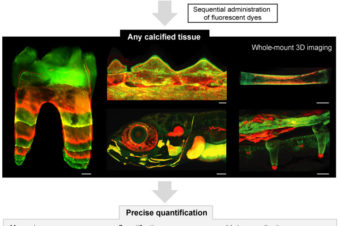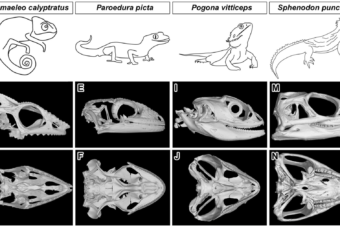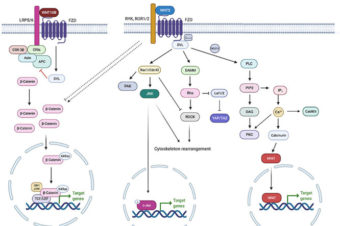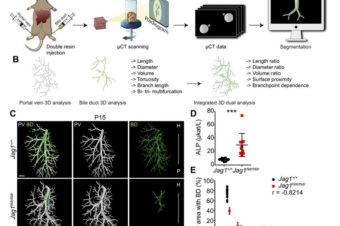Van Gogh-like (Vangl) and Prickle (Pk) are core components of the non-canonical Wnt planar cell polarity pathway that controls epithelial polarity and cell migration. Studies in vertebrate model systems have suggested that Vangl and Pk may also inhibit signaling through the canonical Wnt/β-catenin pathway, but the functional significance of this potential cross-talk is unclear. In the nematode C. elegans, the Q neuroblasts and their descendants migrate in opposite directions along the anteroposterior body axis. The direction of these migrations is specified by Wnt signaling, with activation of canonical Wnt signaling driving posterior migration, and non-canonical Wnt signaling anterior migration. Here, we show that the Vangl ortholog VANG-1 influences the Wnt signaling response of the Q neuroblasts by negatively regulating canonical Wnt signaling. This inhibitory activity depends on a carboxy-terminal PDZ binding motif in VANG-1 and the Dishevelled ortholog MIG-5, but is independent of the Pk ortholog PRKL-1. Moreover, using Vangl1 and Vangl2 double mutant cells, we show that a similar mechanism acts in mammalian cells. We conclude that cross-talk between VANG-1/Vangl and the canonical Wnt pathway is an evolutionarily conserved mechanism that ensures robust specification of Wnt signaling responses. Read full story
Similar Posts
Developmental mechanisms driving complex tooth shape in reptiles
BACKGROUND: In mammals, odontogenesis is regulated by transient signaling centers known as enamel knots (EKs),... Read More
Spatiotemporal monitoring of hard tissue development reveals unknown features of tooth and bone development
Abstract: Mineralized tissues, such as bones or teeth, are essential structures of all vertebrates. They... Read More
Primary Cilia Formation Does Not Rely on WNT/β-Catenin Signaling
Abstract: Primary cilia act as crucial regulators of embryo development and tissue homeostasis. They are... Read More
Coordinated labio-lingual asymmetries in dental and bone development create a symmetrical acrodont dentition
Abstract Organs throughout the body develop both asymmetrically and symmetrically. Here, we assess how symmetrical... Read More
WNT5B in Physiology and Disease
Abstract: WNT5B, a member of the WNT family of proteins that is closely related to... Read More
DUCT reveals architectural mechanisms contributing to bile duct recovery in a mouse model for Alagille syndrome
Abstract: Organ function depends on tissues adopting the correct architecture. However, insights into organ architecture... Read More
